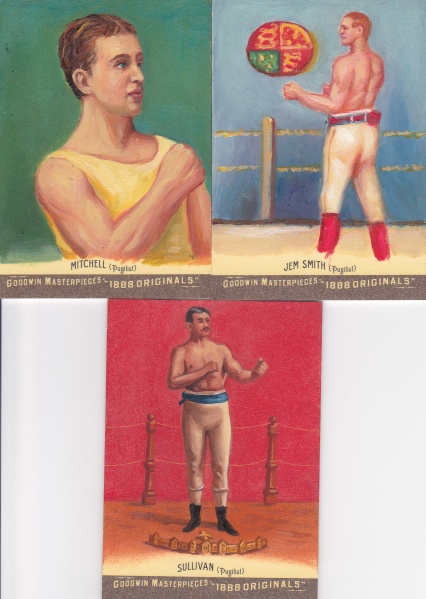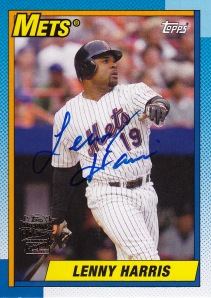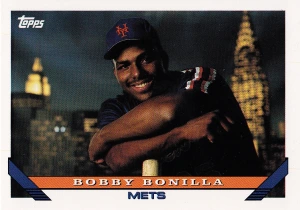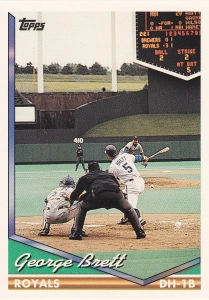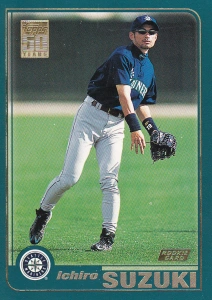I should have done this post in December of last year. In fact, for some reason, I thought I had done this post in January 2013! But looking back, the last post I did for the 2012 Goodwin Masterpieces was when I finally got the reproduction of the first football card ever.
I’m a big fan of Goodwin Champions. They do a lot of cool things, most notably rare cards painted by artists. In 2011, that was painted portraits of all 44 presidents. In 2013 and 2014, it’s 1/1 reproductions of famous paintings. In 2012, the best of these sets was created (in my opinion) – reproductions of the original 1888 Goodwin Champions cards.
If I was richer than rich – I’d have loved to get all 50 of these cards. They are numbered out of ten – so it’s possible, but just too expensive. I wanted a certain 7 cards. First, I wanted to get the painting reproduction of the first football card ever. This was the last card I got out of these – completing my semi-set. The card is of Yale football captain Henry Beecher. I discuss more detail behind this card here.
I also wanted the Buffalo Bill Cody card from this set. Like the Beecher card, Buffalo Bill kind of has his own place in this set. There are multiple baseball players, multiple tennis, golf and track athletes. But only one Wild West Showman!
Aside from that, I wanted to get all of the 5 boxers from this set. They were known as pugilists back in 1888 when the original set came out. I put together a post that shows the linkage between most of the boxers from this set and even some from the 2011 Goodwin set – see that here. The boxers in this set are Jack (Nonpareil) Dempsey, Jake Kilrain, Charley Mitchell, Jem Smith, and John L. Sullivan.
Anyways, I never got all of these put together in one post – but here it is! I love this set – it’s probably my favorite card set released in the past 5 years that I’ve been collecting. I wish it was more affordable – I’d love to finish off the whole 50-card set. But these things cost an average of $200 – and the 8 baseball players would probably be even more. That’s not something I can go for. But these 7 cards are pretty sweet!



